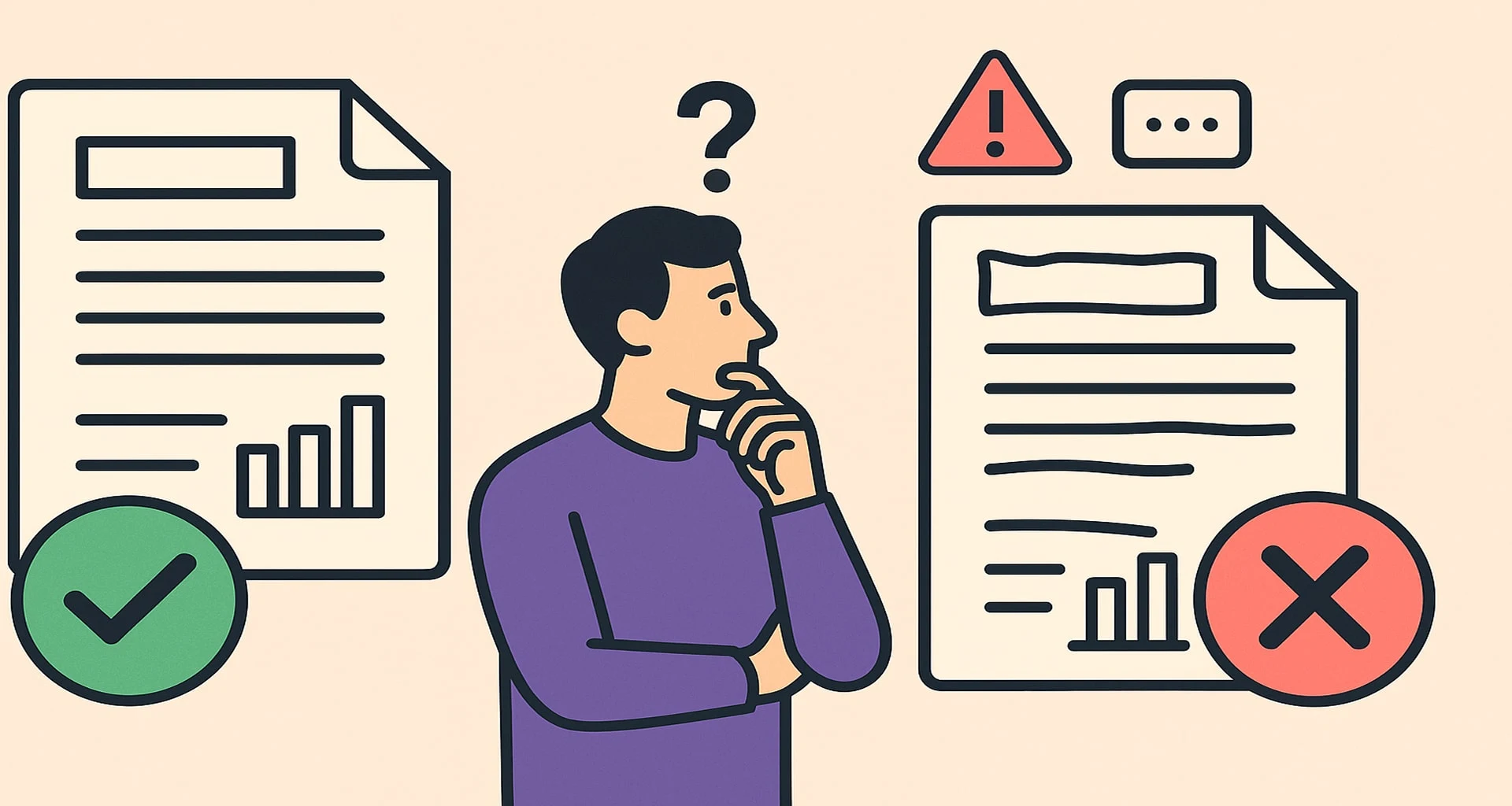Call Us Now
Call Us Now
+91 7305771280
Email Now

Being published in a prestigious journal is perhaps the most gratifying landmark in the career of a researcher. Yet powerful, insightful research is rejected not on its merits, but for faulty formatting. In scholarly publishing, journal paper format is not simply a cosmetic issue. It reflects directly upon the writer's professionalism, care, and knowledge of scholarly standards.
In this blog, we will walk you through the standard journal paper structure, cover why you should do it, and highlight some of the common faults with formatting that will ruin your chances of publication. If you are about to submit your manuscript, use this guide to avoid pitfalls and organize your work with confidence.
Editors deal with hundreds of manuscripts every year. Some are rejected before peer review merely because they don't follow the journal's submission guidelines. Formatting errors send a message: the author hasn't taken time to make journal policy yield, which can lower credibility prior to even considering the content.
Proper formatting:
Improves readability by readers and reviewers
Creates a professional, polished appearance
Accelerates the editorial and review process
Whether you’re submitting a case study, research article, or systematic review, following the correct journal paper format gives your work a solid first impression.
While formatting templates may vary between journals, most follow a consistent structure. Let’s break down the typical components of a scholarly paper:
Your title should be clear, specific, and concise, highlighting the focus of your research. Include:
Full names of all authors
Institutional affiliations
Email of the corresponding author
Check the order and styling instructions given in the journal instructions.
Your paper's first (and often only) chance to engage an editor or reviewer.
Stick to the word limit (usually 150–250 words)
Declare the research aim, methodology, results, and conclusion
Eschew references, abbreviations, or excessive jargon
Place 4–6 keywords following the abstract
The introduction should:
Define the research problem
Explain why it's important
Provide a brief literature review
State research objective or hypotheses
Explain the necessity of methodology,
Study design and methodology
Materials and equipment used
Data collection and analysis methods
Clarity is paramount, any other researcher should be able to repeat your study from this section alone.
Report data objectively using:
Tables
Graphs
Figures
Do not report results, but save that for the discussion section. Caption figures clearly and cite them appropriately in the text.
Explain how your results contribute
What the results mean
How they compare with prior research
Study limitations
Future research suggestions
Be analytical, not promotional in tone.
Synthesise briefly your findings and their contribution to the area of study. Do not repeat the abstract.
Use the citation format required by the journal (e.g., APA, MLA, Vancouver). Check twice:
In-text citations correspond to the reference list
Punctuation, italics, and formatting are consistent
Having trouble? This Journal Publication service can provide expert help with formatting your references and citations to meet the needs of a specific journal.
Now you are familiar with the format, let's talk about the most common formatting mistakes that can ruin your submission.
Different journals accommodate different citation formats. Submitting an APA-formatted paper to a Vancouver-needs journal is a deal-killer.
Avoid this by:
Using software like Zotero or EndNote
Looking at recent articles for examples of format
A poorly written abstract can result in outright rejection. Editors often read the abstract first before deciding whether the manuscript should be fully reviewed.
Common mistakes:
Omission of primary results
Insertion of background instead of the research purpose
Wordiness outside limits
Well-written abstract will increase chances to pass peer review.
Your results will be difficult to interpret for the reviewers if your images are poorly defined or poorly formatted.
Avoid:
Using low-resolution photos
Not mentioning images in the body text
Missing captions or legends
Use formats like TIFF or EPS, and follow the journal file requirements for images.
Too much passive voice can weaken clarity and slow down readability.
Example:
Passive: "The data were collected through interviews."
Active: "We collected the data through interviews."
Journals insist on a logical hierarchy in headings. So avoid using
Blending heading styles (e.g., bold vs. italics)
Omitting required sections dictated by the journal
Using non-standard labels such as "Background" instead of "Introduction"
Always follow the journal's specific naming and formatting conventions for section headers.
Word limits are most often specified by most journals for the whole manuscript, abstract, and even titles.
Check the following:
Total words with references
Supplementary file limits
Journal-specific page limits
Looking for help to shorten your manuscript effectively? Our PhD Assistance editors can restructure and shorten your paper without losing impact.
In case your research work involves human or animal subjects, you must include:
Ethics Committee or IRB approval
Participant consent statements
Conflict of interest declarations
Leaving these out will lead to delay in review or even outright rejection.
Using old templates without updating for the intended journal typically leads to:
Misaligned margins
Archaic citation styles
Lacking essential sections
Always download the latest author template from the journal website.
Most journals require supplementary files like:
Datasets
Author contribution statements
Data availability statements
Not uploading them can be detrimental to your paper even if the core material is fine.
Prior to submission, utilize this quick checklist:
All parts exist and correctly labelled
Abstract is in journal style and word count
Tables/figures are high-quality and correctly labelled
References are correct and in the right style
Ethics and conflict of interest declared
Supplementary files uploaded, if applicable
Font style, line spacing, and margins adhere to journal guidelines
Formatting is not an afterthought is a necessary part of the publishing process. A professionally formatted manuscript demonstrates that you are invested in your research and its delivery. Honoring the proper journal paper format contributes to your acceptability and demonstrates respect for the editorial process.

We've guided hundreds of researchers step by step through the process of journal publication, be it editing and formatting or getting published successfully. Let our Journal Publication team assist you in preparing your paper to international standards.
Start your project now and give your manuscript the professional edge it deserves.